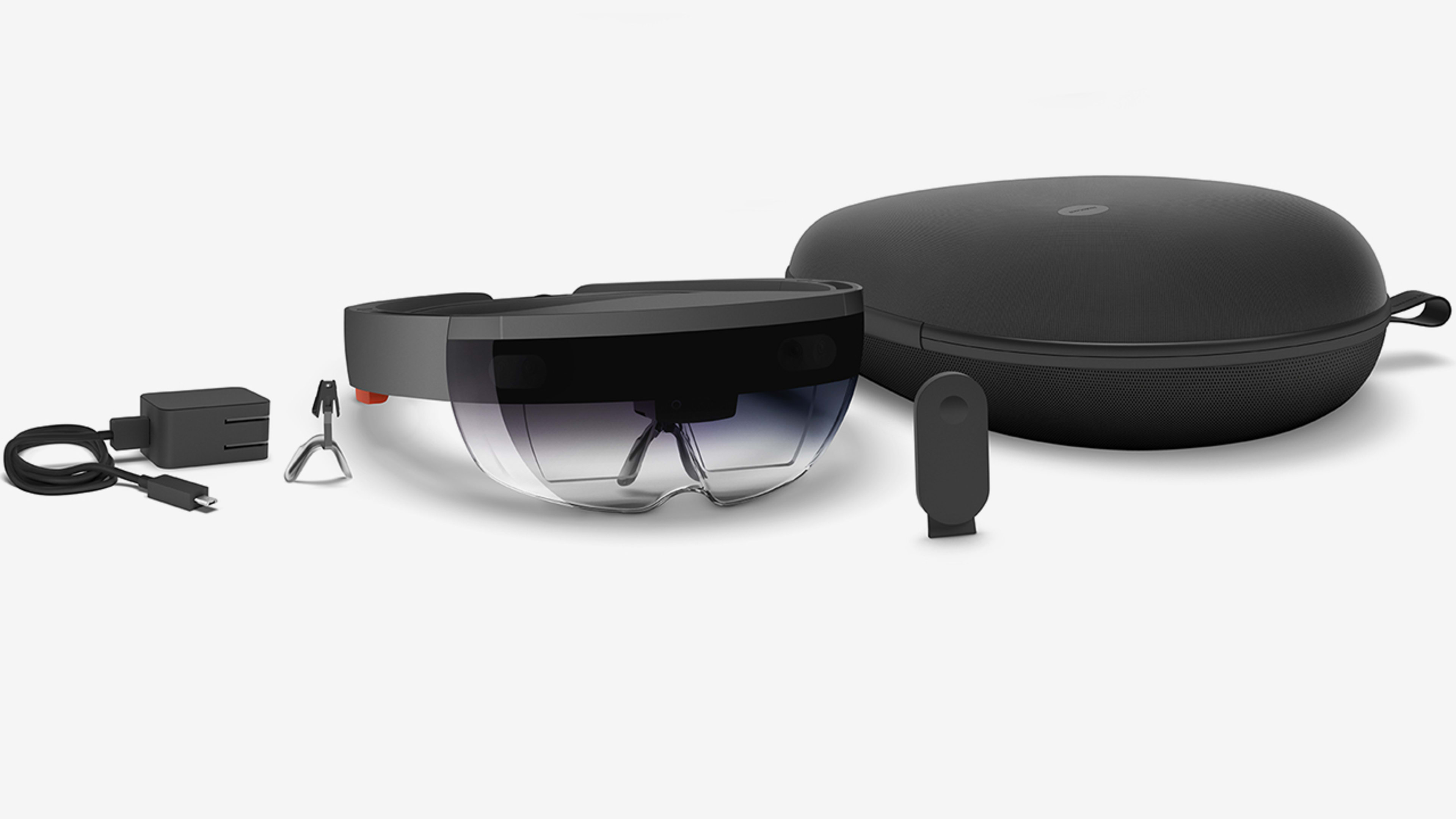More than a year after it was announced, Microsoft’s augmented-reality headset, HoloLens, is about to get more real. Starting today, the company, which began letting developers register their interest in buying $3,000 HoloLens developer kits last October, is allowing them to place actual preorders. It says it will begin shipping HoloLens Development Edition on March 30, thereby hitting its goal of doing so in the first quarter of 2016.
The fact that developers interested in writing augmented-reality apps for the HoloLens will soon get access to headsets is a necessary step on the product’s road to consumer availability, but doesn’t tell us anything about when the final product will go on sale. It could be quite a while: Oculus began selling the first developer version of its Rift virtual-reality headset in late 2012, and the consumer version is only showing up on March 28, two days before the developer version of HoloLens. (Two big remaining questions: The price of the consumer version of HoloLens, and whether it will have a meaningful head start on its secretive apparent archrival, Magic Leap.)
To help show developers what sort of experiences HoloLens is capable of creating, Microsoft is releasing six apps that mix the real world around a user with computer-rendered “holograms.” They include a 3-D modeling app called HoloStudio; a special “holographic” version of Skype; HoloTour, which provides 360-degree panoramic views of locales such as Machu Picchu; and three games, Fragments, Young Conker, and RoboRaid.
The company, which hasn’t disclosed much in the way of details about the HoloLens’s technical underpinnings in the past, is also sharing specs for the Development Edition, which–unlike Rift and other VR headsets–is a standalone gadget powered by Windows 10. It’s got a 32-bit Intel processor, a Microsoft-designed custom Holographic Processing Unit, four microphones, and a total of six cameras: four “environment-understanding” cameras, a depth camera, and one that can shoot video and take still images. It can run for two to three hours on a charge, and you can continue to use it while it’s charging. The whole package weighs 1.28 pounds.
Until now, the glimpses we’ve seen of HoloLens have mostly come in the form of fancy demos at Microsoft events, some of which may have raised expectations beyond what the technology is currently capable of delivering. In a few weeks, once developers get their kits and start to explore its potential, we should a much better understanding of what the headset can do–possibilities, pitfalls, and all.
Recognize your brand’s excellence by applying to this year’s Brands That Matter Awards before the early-rate deadline, May 3.
